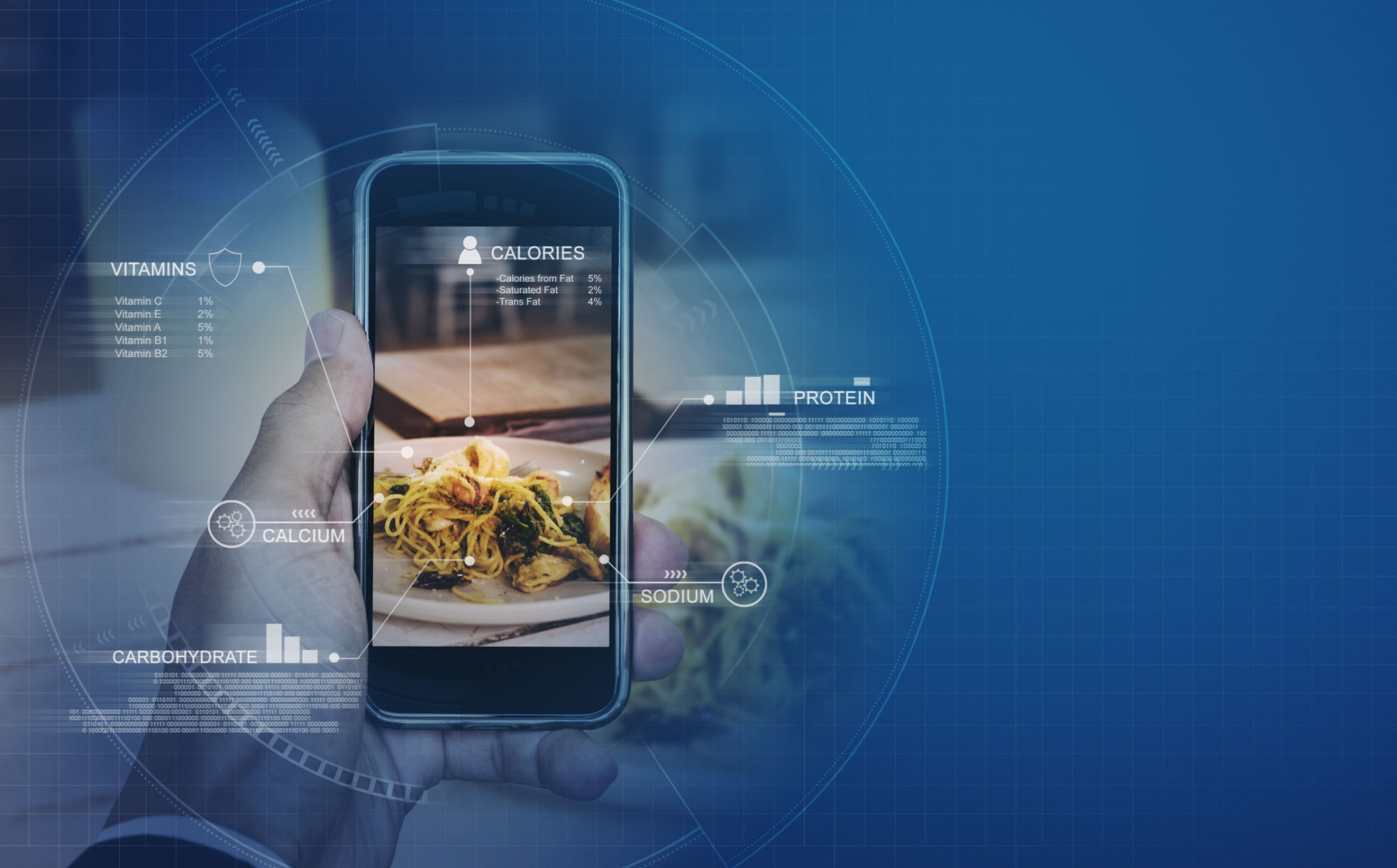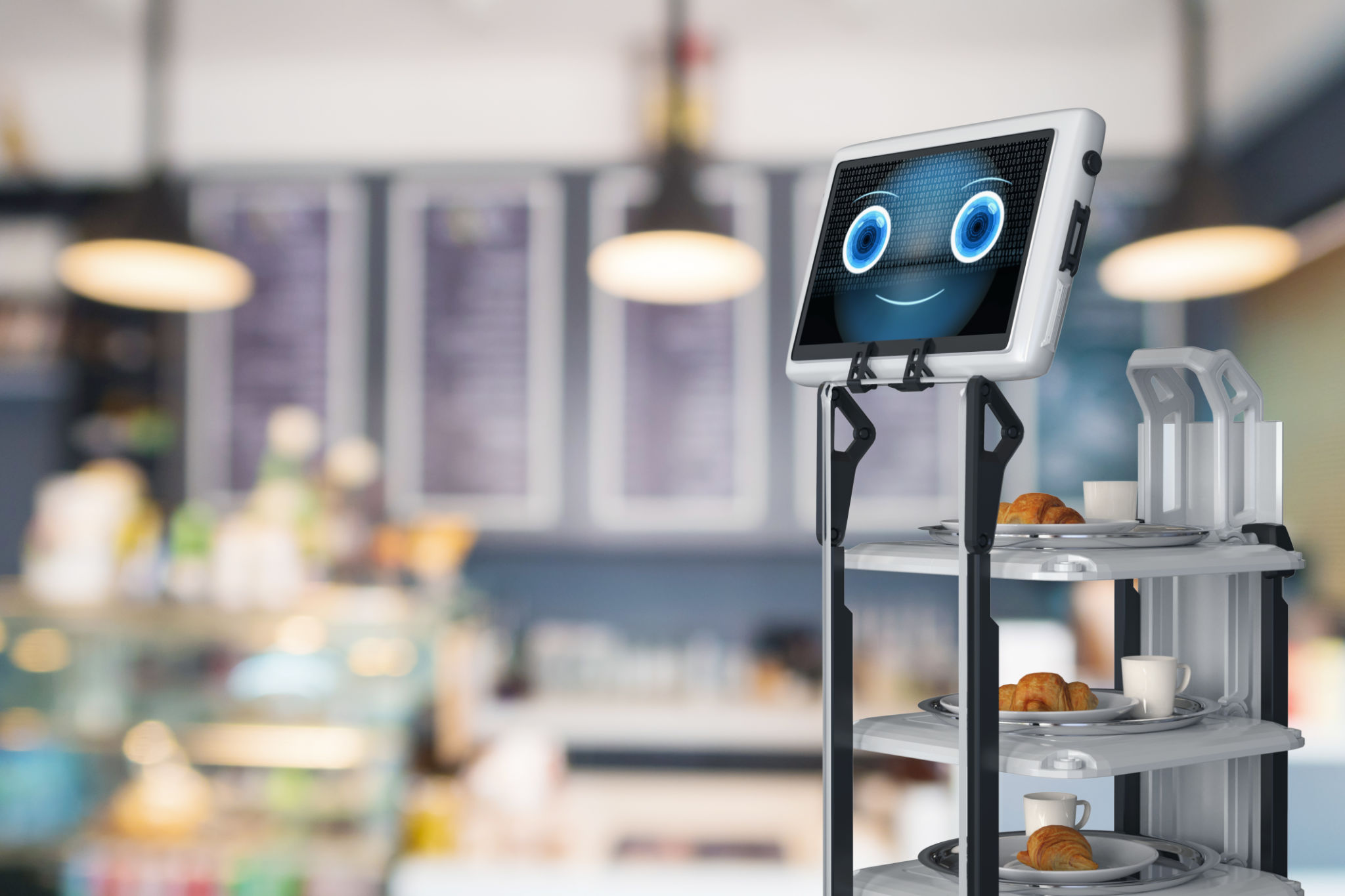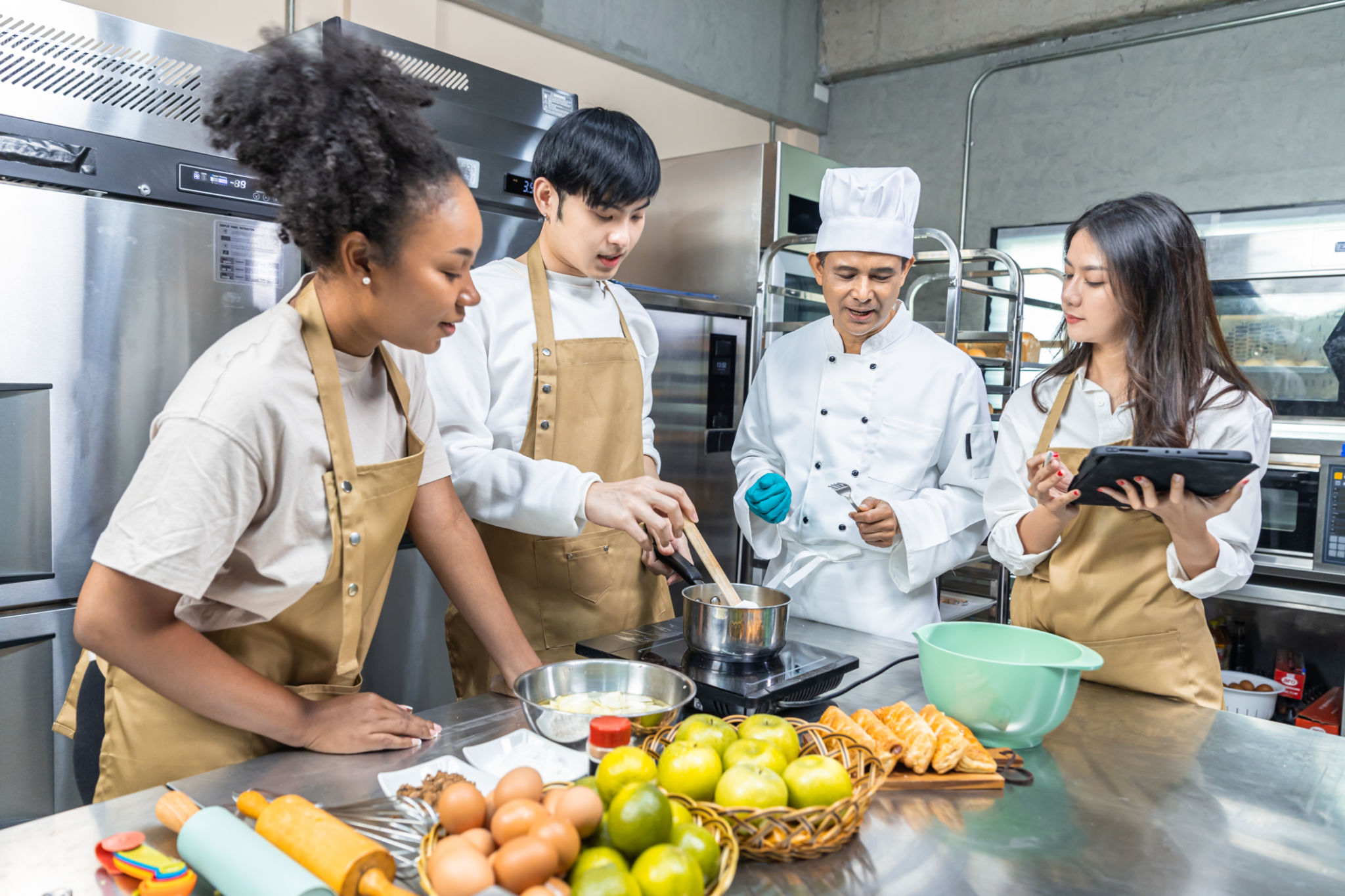Enhancing Culinary Delights with AI Technology
Revolutionizing the Kitchen with AI
Artificial Intelligence (AI) is making waves across various industries, and the culinary world is no exception. From enhancing flavors to streamlining operations, AI technology is offering chefs and food enthusiasts new tools to elevate their culinary creations. This digital transformation is not just about mobile devices and automation; it's about creating an innovative culinary experience that blends technology with gastronomy.

AI in Recipe Development
One of the most exciting applications of AI in the kitchen is in recipe development. AI algorithms can analyze vast databases of recipes and flavor profiles to suggest new and unique combinations. These algorithms can detect patterns and preferences, helping chefs craft dishes that are both innovative and tailored to specific tastes. By utilizing AI, chefs can experiment with ingredients that might not traditionally be paired together, leading to exciting new dining experiences.

Moreover, AI can help in predicting food trends by analyzing data from social media, restaurant reviews, and culinary competitions. This enables restaurateurs to stay ahead of the curve, offering dishes that align with current consumer desires and preferences.
One Dish that Evolves Over Time: Gyros.
Gyros, as we know them today, have their roots in the vertical spit-grilled meat tradition dating back to the 19th century Ottoman Empire. The dish made its way to Greece in 1922 with Greek and Armenian refugees from Asia Minor, particularly from Constantinople (Istanbul) and Smyrna (Izmir). Initially made primarily with lamb or a combination of meats, gyros began to spread globally after World War II, following Greek immigration patterns. They quickly became popular in Europe, the United States, and Australia, while in Greece, they emerged as a staple street food, with small shops appearing on every corner. The accompanying tzatziki sauce, which likely originated in the Middle East as "rait" or "raita," was introduced to Greece during Turkish rule and adapted to local tastes.

The modern interpretation of gyros has evolved to include chicken as a popular alternative to traditional lamb or pork, offering a lighter option that appeals to a wider audience. Even other ingridents can easily be switched with the influence of technology suggestions and culinary curiosity. Today, the Greek Style Chicken Gyros with Homemade Tzatziki and Pita Bread represents this contemporary adaptation, combining seasoned meat, fresh vegetables, and creamy tzatziki sauce, all wrapped in warm pita bread. This beloved fast food continues to symbolize Greek casual dining and street fare, captivating food lovers across the globe with its delicious combination of flavors and textures.
When to Serve
This dish is perfect for casual weekend dinners, summer gatherings, or when you want to impress guests with a flavorful and interactive meal. It's also great for meal prep, as components can be prepared in advance.
Shopping List
Chicken thighs
Greek yogurt
Cucumber
Garlic
Lemon
Olive oil
Red onion
Tomatoes
Pita bread
Dried oregano
Dried thyme
Ground cumin
Paprika
Salt and pepper
Fresh dill
Fresh mint
Preparation
- Marinate chicken thighs in a mixture of olive oil, lemon juice, garlic, oregano, thyme, cumin, paprika, salt, and pepper for at least 2 hours.
- For the tzatziki, grate cucumber and squeeze out excess moisture.
- Mix with Greek yogurt, minced garlic, lemon juice, dill, and salt.
- Grill marinated chicken on medium-high heat for 6-8 minutes per side until cooked through.
- Warm pita bread on the grill or in a pan.
- Slice the grilled chicken into strips.
- Assemble gyros by spreading tzatziki on pita, adding chicken strips, sliced tomatoes, and red onions.
- Garnish with fresh mint leaves.
Gourmet Chef's Tips
- For extra flavor, add a pinch of sumac to the chicken marinade and tzatziki.
- Grill lemon halves alongside the chicken and squeeze over the finished dish for a smoky citrus kick.
- Toast pine nuts and sprinkle them over the assembled gyros for added texture and nutty flavor.
- Serve with a side of crispy zucchini fritters for a more substantial meal.
Optimizing Kitchen Operations
Beyond creativity, AI technology is also enhancing the efficiency of kitchen operations. Smart kitchen appliances equipped with AI can automate routine tasks such as chopping, mixing, and cooking at precise temperatures. This not only saves time but also ensures consistency in food quality. AI-powered systems can monitor inventory levels, reducing food waste and optimizing supply chain management.

Restaurants are leveraging AI-driven platforms for predictive ordering, ensuring they have the right amount of ingredients based on anticipated demand. Such technologies contribute to cost savings and increased sustainability, making kitchens more environmentally friendly.
Transform your cooking journey with smart kitchen tools to cook better and smarter.

Personalized Dining Experiences
AI's ability to process and analyze data extends to personalizing dining experiences for customers. By analyzing customer data such as dietary preferences and past orders, AI systems can suggest menu items tailored to individual tastes. This level of personalization enhances customer satisfaction and encourages repeat visits.

In addition, AI chatbots are being used to interact with customers, providing real-time assistance with menu queries and reservations. These virtual assistants offer a seamless dining experience that blends technology with personal touch.
The Future of Culinary Arts
The integration of AI in the culinary arts marks the beginning of a new era in gastronomy. As technology continues to evolve, we can expect even more sophisticated applications that will further transform how we approach food preparation and dining. The potential for AI to revolutionize the culinary world is vast, promising a future where technology and creativity coalesce to deliver extraordinary flavors and experiences.

For chefs and food enthusiasts alike, embracing AI technology offers an opportunity to push the boundaries of traditional cooking, exploring new realms of taste and innovation. As we move forward, the fusion of AI with the culinary arts will undoubtedly continue to inspire and delight palates across the globe.
